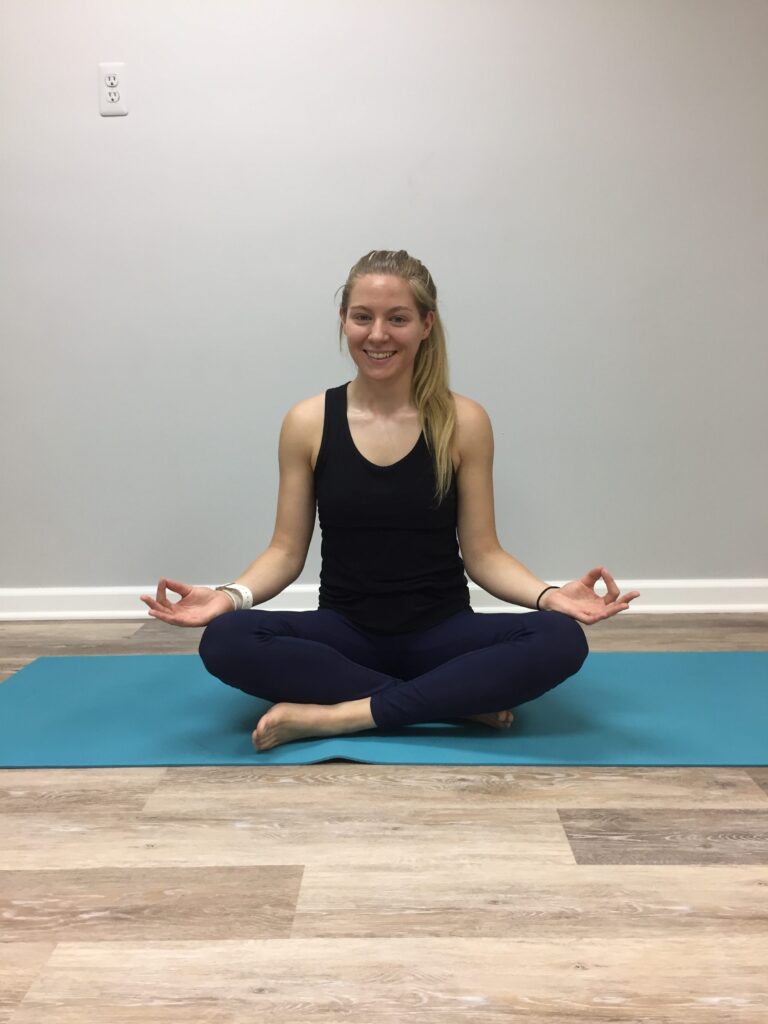In our fast-paced world, finding moments of peace can seem like a daunting task. Meditation offers a powerful antidote, allowing us to cultivate mindfulness, reduce stress, and connect with our inner selves. When things feel overwhelming, it can be helpful to slow down and turn inward. Our breath is one of the only things in life we can control!
Here are our five favorite meditations that can help you activate your parasympathetic nervous system and find a sense of calm wherever you are.
Whether you’re a beginner or an experienced meditator, these methods can help you find balance and serenity in your daily life.
- Body Scan Meditation
Why We Love It: The body scan is an excellent way to reconnect with your physical self. It helps release tension and encourages relaxation, making it a perfect practice for winding down at the end of the day.
How to Practice:
- Lie down comfortably on your back with your arms at your sides.
- Close your eyes and take a few deep breaths to relax.
- Start by bringing your attention to your toes, noticing any sensations or tension.
- Gradually move your focus up through your body—feet, legs, abdomen, chest, arms, and head—spending a few moments on each area.
- Allow yourself to relax into each sensation, releasing any tension you find along the way.
- Box Breathing
Why We Love It: Box breathing, also known as square breathing, is a simple yet effective technique for managing stress and anxiety. It helps calm the mind and body by regulating your breath, making it a great practice to use anytime you need to regain focus.
How to Practice:
- Sit comfortably in a chair or on the floor with your back straight.
- Inhale deeply through your nose for a count of four.
- Hold your breath for a count of four.
- Exhale slowly through your mouth for a count of four.
- Hold your breath again for a count of four.
- Repeat this cycle for several minutes, focusing on the rhythm of your breath.
- Ujjayi Pranayama
Why We Love It: Ujjayi pranayama, or “victorious breath,” is a powerful yoga breathing technique that creates a soothing sound, helping to calm the mind and center your focus. This practice is particularly beneficial during yoga but can be incorporated into any meditation session.
How to Practice:
- Sit comfortably with your spine straight or lie down if preferred.
- Inhale deeply through your nose, filling your lungs completely.
- As you exhale, constrict the back of your throat slightly to create a soft, ocean-like sound.
- Continue to breathe in this manner, maintaining the sound throughout your inhalations and exhalations.
- Focus on the sound of your breath as a way to cultivate mindfulness and presence.
Check out Laura’s video on how to do Ujjayi Breathing
- Alternate Nostril Breathing (Nadi Shodhana)
Why We Love It: Alternate nostril breathing is an ancient practice that balances the body, promotes relaxation, and enhances mental clarity. This technique can be especially helpful in reducing anxiety and improving focus.
How to Practice:
- Sit comfortably with your back straight.
- Use your right thumb to close your right nostril and inhale deeply through your left nostril.
- Close your left nostril with your right ring finger, release your right nostril, and exhale through the right side.
- Inhale through the right nostril, close it with your thumb, and exhale through the left nostril.
- This completes one cycle. Continue for 5-10 cycles, focusing on your breath and the sensations in your body.
- Walking Meditation
Why We Love It: Walking meditation offers a unique way to practice mindfulness while engaging in movement. It helps ground you in the present moment and allows you to connect with your surroundings in a new way.
How to Practice:
- Choose a quiet place where you can walk slowly and uninterrupted, like a garden or a park.
- Stand still for a moment, taking a few deep breaths to center yourself.
- Begin walking slowly, paying attention to each step. Feel the ground beneath your feet and the sensations in your legs.
- With each step, coordinate your breath with your movements. For example, inhale for three steps and exhale for the next three.
- Stay present and mindful of your surroundings, noticing the sights, sounds, and smells around you.
Conclusion
Meditation is a personal journey, and what works for one person might not resonate with another. Try these five meditation techniques and see which ones speak to you. Consistency is key, so even if it’s just a few minutes each day, incorporating these practices into your routine can lead to profound changes in your mental and emotional well-being. Remember, the goal of meditation isn’t to achieve perfection but to cultivate awareness, acceptance, and inner peace. Happy meditating!








